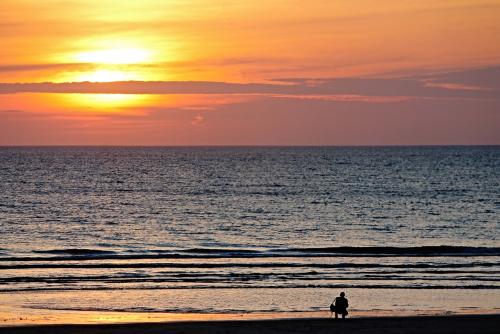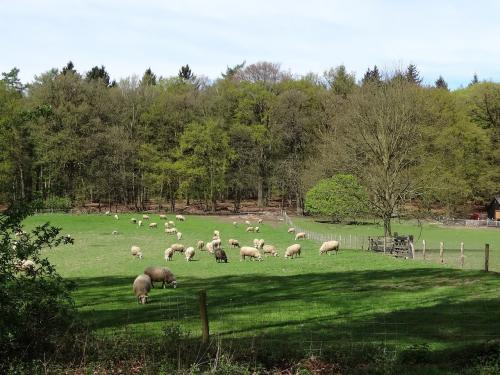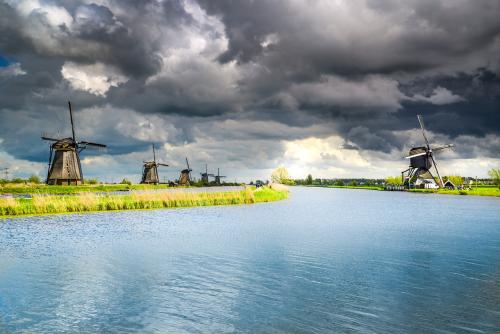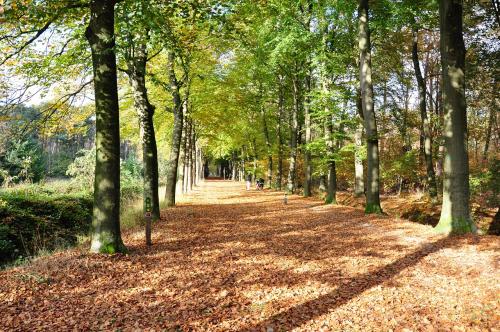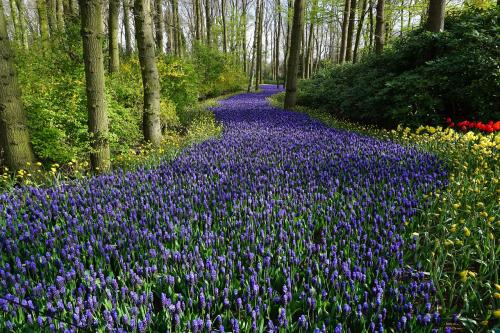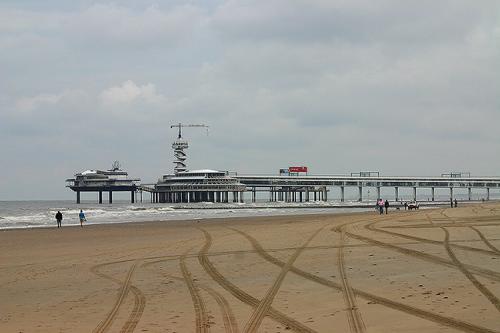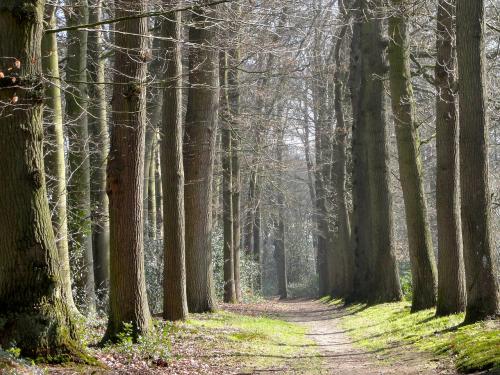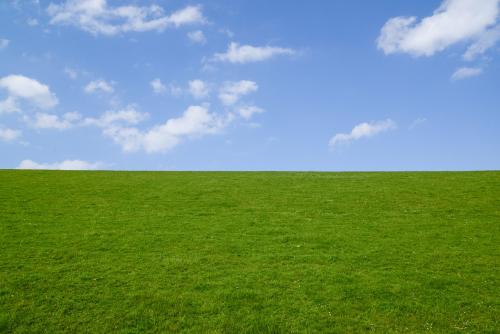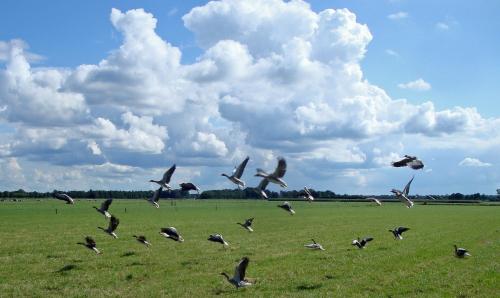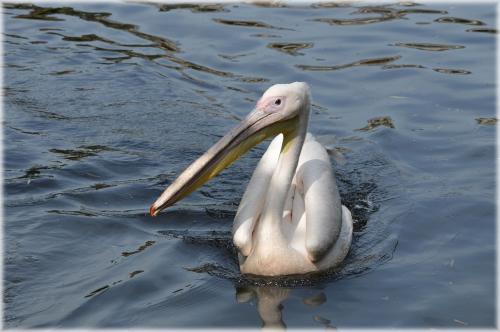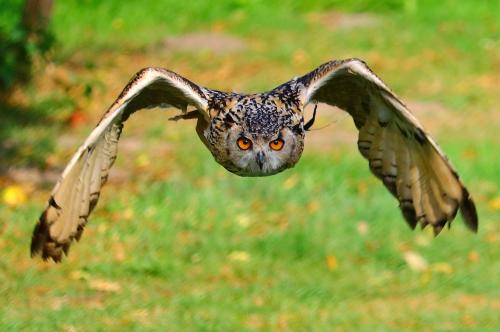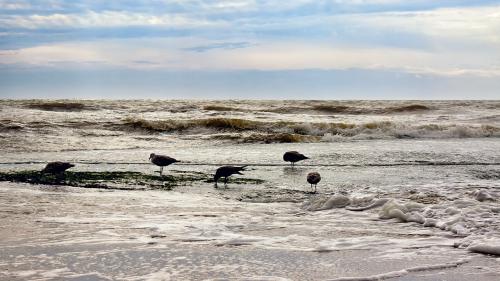Nature of the Netherlands
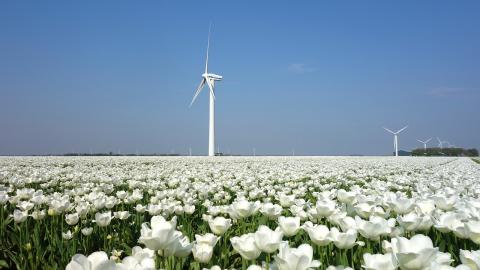
Netherlands is the most populous country in the Europe except some smallest states. It also has dense river net. Most of the country lies on coastal lowlands. Almost half of its territory is lower than sea level. Only in south eastern part of the country there are some higher grounds. Significant portion of territory of the country was added by drying marshes and coastal waters.
Netherlands have maritime climate with mild seasons. Temperature averages are above freezing and inland territories are bit cooler. However temperatures drop below freezing when anticyclones drift from Eastern Europe. Amount of precipitation is moderate but frequent as well as fogs.
Places in Netherland
Dutchmen say: “The Earth was created by God but we created Netherlands”. And it is true considering area of man-made land in the country. Density of population and size of the country leave small space for nature but locals are doing their best to preserve what remain so no wonder that most of the country bears anthropic marks.
Hoge Veluwe National Park
In province of Gelderland there are 55 km2 (21.2 sq. mi.) of completely untouched nature. It consists of steppes, dunes and woods. Also there is Kröller-Müller Museum with major collection of paintings including numerous masterpieces by Vincent van Gogh.
Windmills of Kinderdijk-Elshout
Windmills along with tulips and channels of Amsterdam are one of the symbols of the country. Kinderdijk-Elshout is located in 15 km (9.3 mi.) from Rotterdam. It is complex network of channels, dams, storage ponds and windmills. This tidy and peaceful area in fact depicts historic struggle with the North Sea for place to be.
Amsterdam forest
In southern suburbs of Amsterdam lies the Amsterdam forest. This cozy and picturesque place has alley for strolls and stems and ponds for paddling and rowing. In addition threesome place for recreation, camps, farms and open air theater.
Arboretum Trompenburg
Arboretum Trompenburg that is situated in Rotterdam hosts vast collection of plans of all shapes and kinds. Area of the arboretum is divided in several themed sections. Central part is where old oaks and cedars grow while in western part countryside was recreated. And of course there is network of channels and ponds.
Scheveningen
Actually Scheveningen is one of districts of The Hague. It is famous for its beach with great pier. Weather conditions of the area do not promote swimming but there are lots of other activities. Visitors can have decent windsurfing or go to Madurodam miniature park and definitely should visit Beelden aan Zee museum.
Flora of Netherlands
Woods cover around 7.9% of territory of the country. Most of them are groves scattered over the territory of the country. They consist of oak, beech, hornbeam, ash, chestnut and various shrubs.
Grassy part of Flora of Netherlands is represented by meadow and steppe plants (eryngo, wormwood etc.). Humble variety of vegetation is explained by the fact that up to 65% of territory of Netherlands is being used for agriculture.
Fauna of Netherlands
Most of animals in Netherlands were ousted from their natural habitats. However there are lots of water birds.
Many rare species are under careful protection in national parks and reserves. Most of remaining animals populate wet meadows, canals and other bodies of water.
There are around 180 species of birds in Netherlands and their population grows with each season of migrations.
Shallows of the Wadden Sea are wintering areas for greater white-fronted geese, waders, seagulls, pink-footed geese and barnacle geese. In addition there is southernmost population of eiders. Marshes are swarming with northern lapwings and black-tailed godwits. Coastal areas also populated by common curlews, redshanks and ruffs.
 Seasons of the Year
Seasons of the Year 